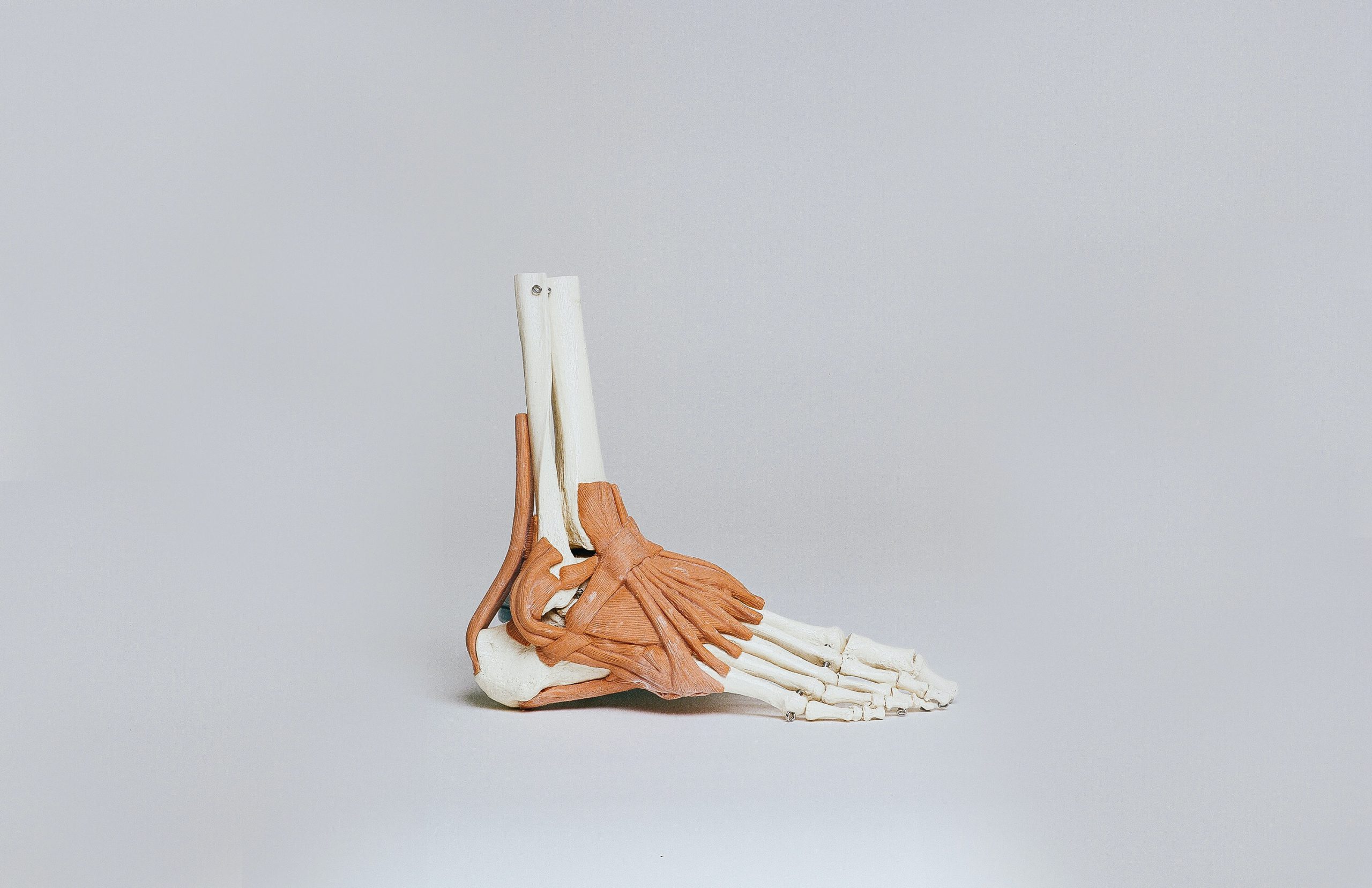Contusion: what is it, how long does it last, and how to treat it
Whether you play sports or not, contusions caused due to minor direct traumas are very common in everyday life. It is very common to have a swollen knee after a fall or be unable to walk after a foot takes a “knock”. Not to mention that swelling of the finger or ankle can be so painful that it impairs the activities of everyday life. In this article we will take a look at this topic by giving you precise indications on what to do and what not to do in the immediate future, and the recovery time needed to return to your activities.
- What is a contusion
- Classification of contusions
- Causes
- Signs and symptoms
- Diagnosis
- How to relieve pain
- Returning to sports and daily activity
What is a contusion
A contusion is an injury caused by a direct trauma to soft tissue (muscle fibres, connective tissue and/or blood vessels and nerves) or bone tissue, that does not result in serious damage to the tissue which would more correctly be referred to as an injury. Contusions are very common in contact sports such as football, rugby, American football, and combat sports.
Muscle contusions mainly involve the quadriceps, deltoid (shoulder) and gluteus. Bone contusions, on the other hand, most frequently affect the tibia, ankle, foot, and ribs.
In severe cases, the contusion may lead to bone fracture or muscle injury.
Classification of contusions
Contusions are normally classified in one of 3 grades, depending on the severity. Let’s take a look at them together:
– Grade 1 (mild): a grade 1 muscle contusion produces mild bruising or hematomas, little pain, and no swelling at the point of impact. There may be some mild soreness when pressure is applied to the area of injury.
– Grade 2 (moderate): This injury is slightly deeper than a grade 1 contusion and produces mild pain and swelling at the point of contact. It should be noted that, in the case of a leg contusion, a slight limp may also be present. In grade 2 injuries, pressure on the area of injury may cause some pain.
– Grade 3 (severe): severe muscle contusions are very painful and are accompanied by noticeable swelling. A person with this type of injury will usually develop obvious bruising on the area of the injury. A grade 3 contusion will be painful when the area of the injury or the surrounding area is pressed. In extreme cases, this can result in a muscle injury or bone fracture.
Causes
As mentioned at the beginning of this article, muscular contusions occur when an individual receives one or more direct blows, commonly referred to as “knocks”, to the part of the body in question, or as a result of a trauma, for example, after falling against a hard surface. Basically, the muscles and bones are compressed and crushed during the blow, causing swelling, bruising, or oedemas depending on the severity and intensity of the trauma.
Signs and symptoms
In addition to the previously mentioned swelling and bruising at the injury site other signs and symptoms of muscle contusions include muscle tightness, pain with or without movement and, in more serious cases, the inability to fully move a joint.
Diagnosis
A complete physical examination will determine the exact location and extent of the injury. The doctor may request an X-ray to rule out a fracture, or an ultrasound or MRI to determine the extent of the injury.
How to relieve pain |
Initial treatment includes rest and protecting the injury from further harm, and stopping physical activity in the case of severe pain. Ice must then be applied as well as an anti-inflammatory cream or ointment, trying to keep the injured area elevated with the support of someone to help reduce inflammation. In order to contain the haematoma, i.e. the collection of blood from a hematic extravasation, the application of a compression bandage is useful.
For serious contusions of the lower limbs, crutches can be useful to ensure no weight is put on the site of the injury.
Physiotherapy is useful for speeding up recovery time, especially in the case of athletes who need to return to training as soon as possible. In these cases, TECAR therapy sessions can help as the action on the circulatory system can quickly drain the haematoma and return the tissues to normal. Furthermore, gentle stretching of the muscle, under the supervision of a physiotherapist, can improve symptoms.
Anti-inflammatory medications can be used for pain relief in the very early stages.
It is recommended to avoid massage and heat therapy for at least the first week after injury.
Returning to sports and daily activity
The time to return to activity and sports clearly depends on the grade / severity of the injury and the healing process based on the progress achieved through physiotherapy.
Moderate-to-severe contusions (grade 2 and 3) require an average of 4-6 weeks to heal, while minor contusions (grade 1) require considerably less time, even just a few days.









